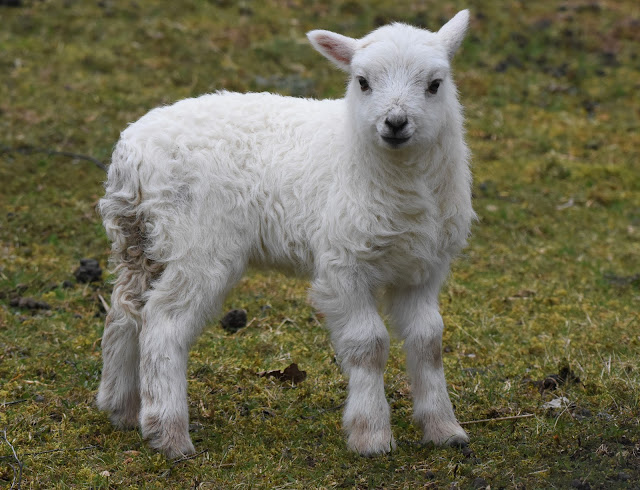 |
| The beautiful Northern Fulmar |
Steve stopped to smell the coconut tinged air of the invasive gorse.
As we got closer to the edge, I began to get sick. Steve slowly walked the narrow trail along the steep cliffs to find our target birds. I saw the narrow path before me. One side was a free fall to my death into the ocean while the other was a fall that was sure to break every bone in my body. So I began the climb back up the hill. Then Steve saw me returning uphill in a nervous panic.
 |
| Steve walks the narrow path. One slip and it's under the sea! |
We had taken the trickier trail to the top. I am thankful to Steve for his encouragement because what I saw was immensely beautiful. There we stood at the edge of the cliffs. Some people have even jumped off the edge because they had this free last thought to fly. Thankfully, I did not. I never realized that there were people out there who randomly jumped off of high cliffs to feel the thrills of free falling before their death. All I know is that I wanted to throw up. I can do pelagics and a million other things, but my kryptonite is height.
Like.....how in the hell did this sheep get there?!? There along the edge of the gray overcast world, we spied the Northern Fulmars preparing for the breeding season. It was spectacular.
These birds weren't even a lifebird! BUT I wanted to know more about them because I have never seen their breeding habitat. I've only seen the Pacific subspecies in flight along the California coast.
 |
| the Northern Fulmars of Southern California |
Near a pasture and farm, we spied several wonderful birds along the stone walls.
 |
| Northern Wheatear |
 |
| Eurasian Linnet |
This will be an adventure I won't forget anytime soon and I thank Steve for pushing me to do my best and move beyond my fears because it was worth it. Until next time......






















































